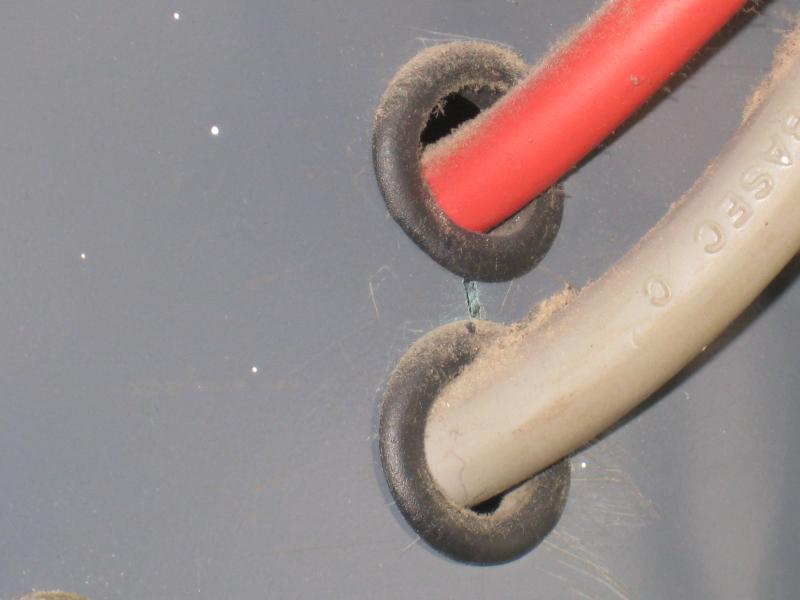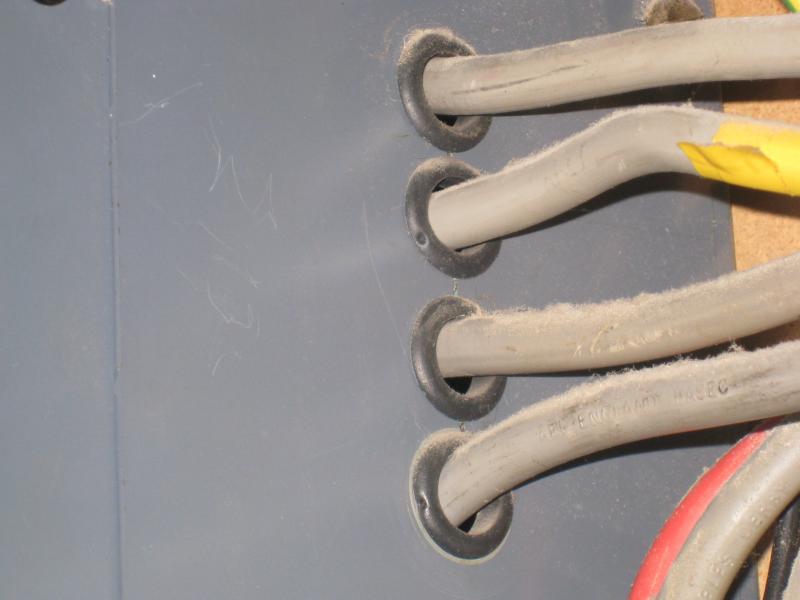Actually, I think I'm probably being silly. Eddy currents will be induced in any conductor, won't they, regardless of whether or not it is a ferromagnetic material?Yes, that obviously goes wthout saying ...Non-ferrous locknuts should be used.
Kind Regards, John




